Medical Waste Landfills: A Comprehensive Overview
Medical waste landfills are specialized sites designed to safely contain and manage medical waste that cannot be treated or recycled. While landfilling is often considered a last resort due to environmental and health concerns, it remains a necessary component of medical waste management. This article explores the types of medical waste suitable for landfilling, the associated risks, regulatory frameworks, and best practices to ensure safe disposal.
Types of Medical Waste for Landfilling
Not all medical waste can be disposed of in landfills. The types of medical waste typically destined for landfills include:
1. on-Hazardous Medical Waste: Items like packaging materials, non-contaminated medical supplies, and general waste from healthcare facilities.
2. Treated Hazardous Waste: Medical waste that has been rendered non-infectious through processes like autoclaving or chemical disinfection.
3. Ash: Residue from the of medical waste, provided it meets specific safety criteria for disposal.
Risks Associated with Medical Waste Landfills
1. Leachate Contamination: Leachate, a liquid that percolates through waste, can carry hazardous substances into the soil and groundwater if not properly managed.
2. Air Pollution: Decomposing organic waste in landfills produces gases, such as methane and carbon dioxide, contributing to air pollution and climate change.
3. Odor and Pest Control: Landfills can generate unpleasant odors and attract pests, which can become vectors for disease.
4. Long-term Environmental Impact: Persistent organic pollutants and heavy metals in medical waste can have long-lasting environmental impacts.
Regulatory Framework
To mitigate these risks, stringent regulations govern the operation of medical waste landfills. Key regulatory aspects include:
1. Site Selection and Design: Landfills must be located away from populated areas, water bodies, and sensitive ecosystems. They should have a proper liner system to prevent leachate leakage.
2. Permitting and Monitoring: Landfill operators must obtain permits and are subject to regular inspections and monitoring to ensure compliance with environmental standards.
3. Leachate and Gas Management: Landfills must have systems in place to collect and treat leachate and to capture and utilize or flare landfill gases.
4. Record Keeping and Reporting: Detailed records of waste types, quantities, and disposal methods are maintained to ensure traceability and regulatory compliance.
Best Practices in Medical Waste Landfilling
Implementing best practices can enhance the safety and efficiency of medical waste landfilling:
1. Waste Segregation: Ensure proper segregation at the source to reduce the volume of hazardous waste and facilitate safer disposal.
2. Segregation: Treat hazardous medical waste to neutralize pathogens and reduce toxicity before landfill disposal.
3. Enhanced Liner Systems: Use multiple layers of liners and leachate collection systems to prevent soil and groundwater contamination.
4. Gas Capture and Utilization: Install systems to capture landfill gas for energy production, reducing greenhouse gas emissions.
5. Regular Monitoring and Maintenance: Conduct ongoing monitoring of leachate, landfill gases, and environmental impact, and perform regular maintenance of landfill infrastructure.
Innovations and Sustainable Alternatives
While landfilling remains a necessary component of medical waste management, innovations and sustainable alternatives are gaining traction:
1. Advanced Thermal Treatment: Techniques like pyrolysis and gasification convert medical waste into energy and useful by-products with minimal environmental impact.
2. Chemical Recycling: Some medical wastes can be broken down chemically and repurposed, reducing the need for landfill disposal.
3. Biodegradable Medical Supplies: Development and use of biodegradable medical supplies can reduce the volume and impact of medical waste.
4. Circular Economy Practices: Adopting circular economy principles in healthcare can minimize waste generation and enhance resource recovery.
Conclusion
Medical waste landfills play a crucial role in the comprehensive management of healthcare waste, ensuring that materials that cannot be treated or recycled are safely contained. By adhering to stringent regulatory standards and best practices, the risks associated with landfilling can be effectively managed. As technology and practices evolve, the focus should increasingly shift towards reducing the reliance on landfills through innovative treatments and sustainable waste management practices. This balanced approach will help safeguard public health and the environment while ensuring that necessary medical waste disposal needs are met.
Related Tips & Advices
Feb 2020 – El Masreya Hazardous and Non-hazardous Waste Home / Tips & News Feb 2020 – El Masreya…
Medical Waste Ash: Challenges and Management Strategies Home / Tips & News Medical Waste Ash: Challenges and Management Strategies…
The Complexities and Controversies of Incineration Hazardous Waste Home / Tips & News Incineration hazardous waste, or incineration, is…




